Product Description
THE COOK’S TOUR
Schiaffoni literally means “slap.” It’s the sound that the pasta makes when it’s drained and slapped down on the plate, or a board, to add more stuff to it. It is also more commonly called Paccheri, which means a friendly slap on the shoulder of a friend.
Pasta is consumed all over the world. It’s one of civilization’s great, cheap, easily transportable, low spoilage, long storage foods.
So what makes pasta from Garofalo, from the tiny town of Gragnano (gra-NYano), Italy, so special? Why pay a bit more for it?
For more than five centuries, Gragnano has been known as the cradle of the Italian pasta business. Their location’s warm, sunny days, and ocean breezes, allowed for the mass air drying of pasta, in the 18th and 19th centuries.
Garofalo is the Ferrari of the pastai. Since 1789, they have been making world-class pasta, not cheaply mass-produced noodles.
The bronze die is used on carefully selected, strong, Italian durum wheat. The dough pushed into strands, and shapes, is fundamentally different than American-market “fast” pastas, made smooth with Teflon dies, to push out more pasta, faster. Even ones with Italian names, like Barilla are smooth, harder to sauce, and absorb, the way a slower process bronze die pasta does. Why?
Bronze dies add tiny edges, or burrs that form. Those tiny tears help sauces, oils, and other coatings not just adhere to the pasta better, but soak in. The density, porosity and resistance insure the best mouth feel, in every bite.
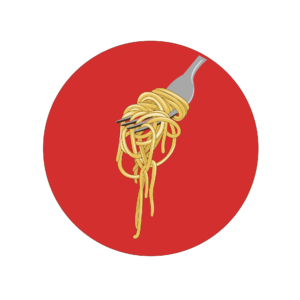
THE BACKSTORY
GEOGRAPHY
Gragnano is one of the many little towns in the hills South of Napoli (Naples).
It been one of the biggest producers of pasta. At one point, a bit more than 70% of the town was employed in the pasta business, or supporting companies.
Schiaffoni are pacchieri, which is now commonly used all over Italy, and is gaining recognition, and more use, all over the world. Why Schiaffoni? The name is a Greek derevation. Ancient occupiers founded Partenope, a city that predates present-day Naples.
THE COOK
PRO TIPS
If you’re going to cook great pasta, know the WHY of it, and why a pasta like Garofalo, helps you look like a pro. Remember these tips:
- Boil your noodles with kosher salt. Salt is a FLUID EXCHANGER. When you add it to the boil, it helps the “hooks” in the pasta impart more flavor into it. For many dishes, I’ll toss in a clove or two of garlic, to establish a flavor. You can also use a boquet garni, cheesecloth with herbs, or spices, tied into a pouch.
- Watch your boil. Once you achieve a rolling boil, and put the noodles in, lower the heat. Use a thermometer to keep it around 95-100°C/200-212°F. If it’s rolling, and foaming, you’re overcooking the pasta, extracting starches, and flavor, that you want to preserve. You can keep pasta in very hot, non-rolling water and cook it perfectly. Avoid “traditional” overcooking that relatives have taught to you.
- Forget the olive oil myth – An old grandma’s tale is that you put oil in to SOFTEN the pasta. First, the only way to do that is to overcook the pasta. Oil is HYDROPHOBIC. It sits on the surface. To boil it enough that the oil breaks down, you’re also breaking down what’s good in the pasta. You’re also turning the oil, any oil, bad. Hydrolyzing oil, in boiling water turns it gummy. That’s great, for bad pasta, that has no adhesion, which is probably why people, using cheap pasta, notice that it works, to some level. On the other hand, you’re also changing the nature of the fats, in the oil, to a kind of unstable trans-fat, which isn’t good for you. BASTA! Buy great bronze-die pasta, and let the “burrs” do the work of opening up the noodle to the flavors.
- Saucing Secret – If you’re going to toss the pasta in oil, or egg/cream, then cook it straight to al dente, around 11 minutes. If you’re going to use it in a thinner sauce, like marinara, wine/butter, or broth/stock, remove the pasta with about 3:00 minutes remaining, and put it into a hot pan of that broth or sauce, already cooked, to soak up the flavor, and finish both. Remember to make the sauce about 5-10% more hydrated (more liquid), more the higher the altitude, to allow the pasta to finish fully. If it’s still too al dente, just add a bit more water, and cook a bit longer.
- Undercook, if baking – If you’re going to put the pasta through a second cooking, with liquids, and fats, then you want to undercook it by 1-3 minutes to prevent it from losing its shape, when you continue the cook.
WHY SCHIAFFONI?
Schoaffoni’s oblong shape makes it ideal for a wide variety of receipes. It can be stuffed, like a tiny cannelloni, our sauced, or naturally trap larger bits of foods in the inside of the tube.
Particularly with Garofalo, you get a noodle that will drag a lot of flavor with it. The possibilities of improvisation are almost limitless, as long as you respect the main components of the dish that it transports to your happy face!
TRADITIONAL USES
Most traditional schiaffoni recipes, for the SMOOTH variation, gravitate towards seafoods, as it began more as a pasta stuffed with anchovies, mussels, clams, shrimp, calamari, etc. .
The ribbed version is very common to find as the base for hundreds of sauces..
- Schiaffoni con salsicce e funghi - A robust sausage and wild mushroom ragu
- Schiaffoni al sugo di calamari - A calamari sauce
- Schiaffoni con spada (swordfish) e menta (mint)
- Schiaffoni con melanzane (eggplant) e ricotta
A FEW RIFFS
- Schiaffoni with salad shrimp, roasted artichoke, and garlic chips.
- Schiaffoni with ground lamb, mint, and garlic in a white wine/fennel reduction
- Schiaffoni with shredded roast pork, Hatch green chile, and queso fresco, topped with pork floss
- Sea Bass atop chiaffoni with a saffron and sardine sauce with a hint of Dijon mustard.
MY TAKE
I’ve cooked with a LOT of different pastas, including house-made. Short of owning your own brass extruder, and carefully importing your Italian durum semolina wheat, both expensive propositions, for the average home chef, if you’re looking to achieve amazing results with your pasta dishes, you have to start with the best ingredients.
Of all of the pasta companies, from Italy, whose pasta I’ve ordered, Garofalo is consistently the best.
Their schiaffoni is incredible. A nice chew, al dente, that is more “meaty” than a heavy gluten feeling. Unlike a lot of cheaper “Italian” brands, like Barilla, it absorbs, sauces, and flavors, yet still retains the integrity and flavor of the wheat.
That’s why their No. 83-1 Schiaffoni receives my five-diamond Choicestuff™ award.


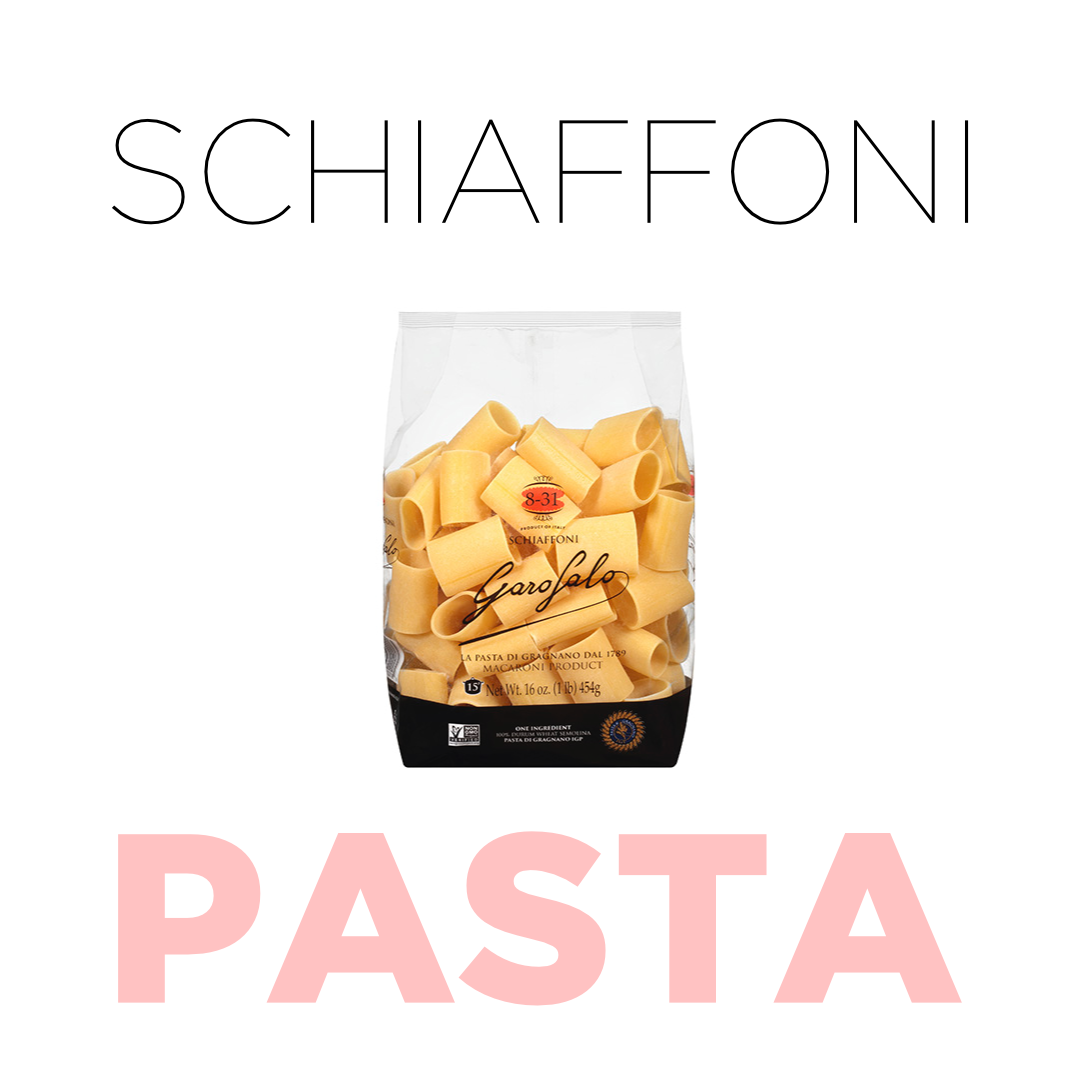
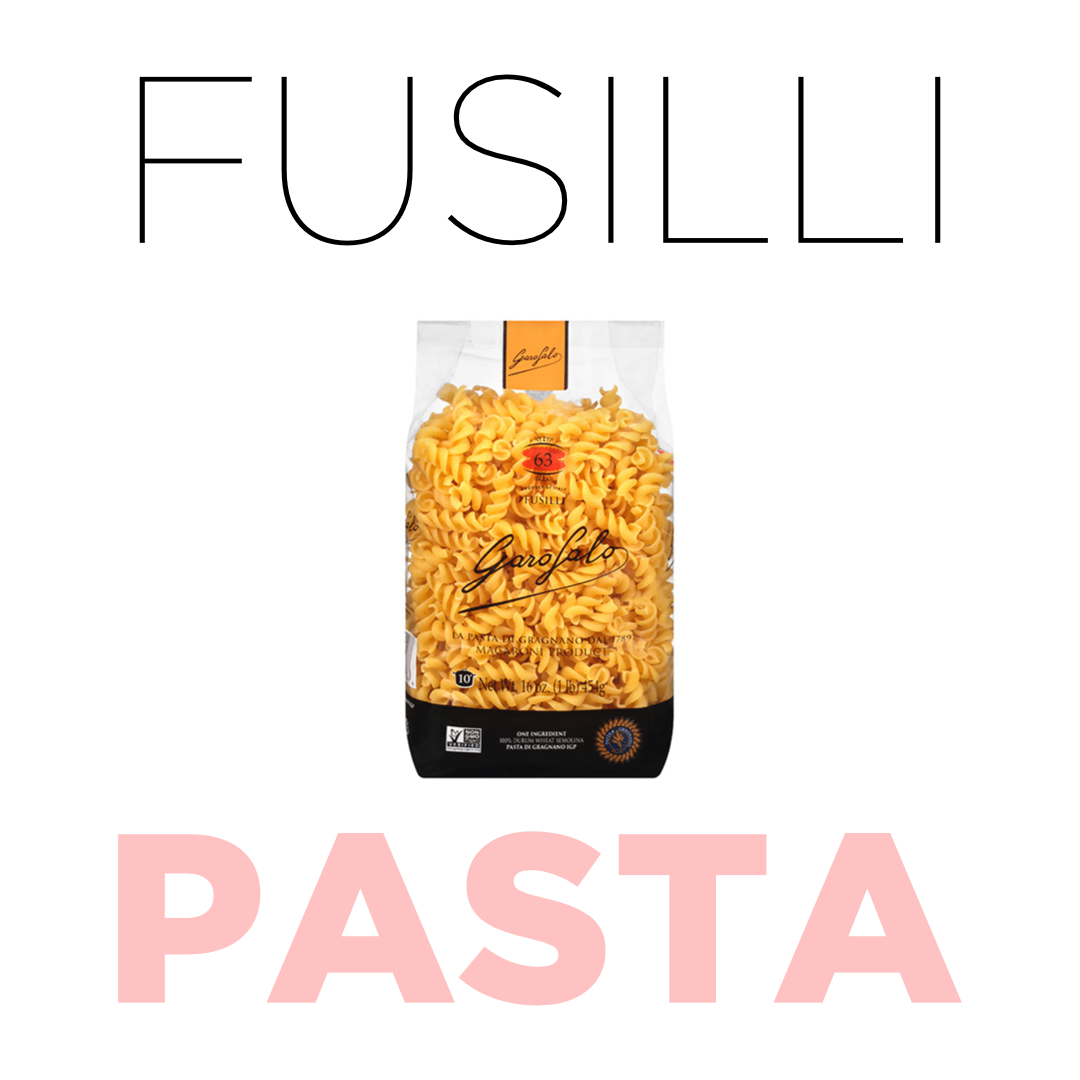
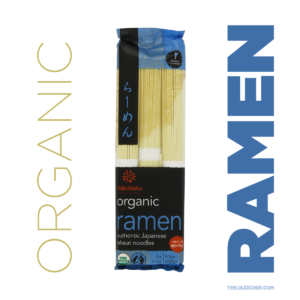
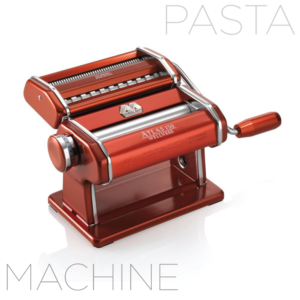
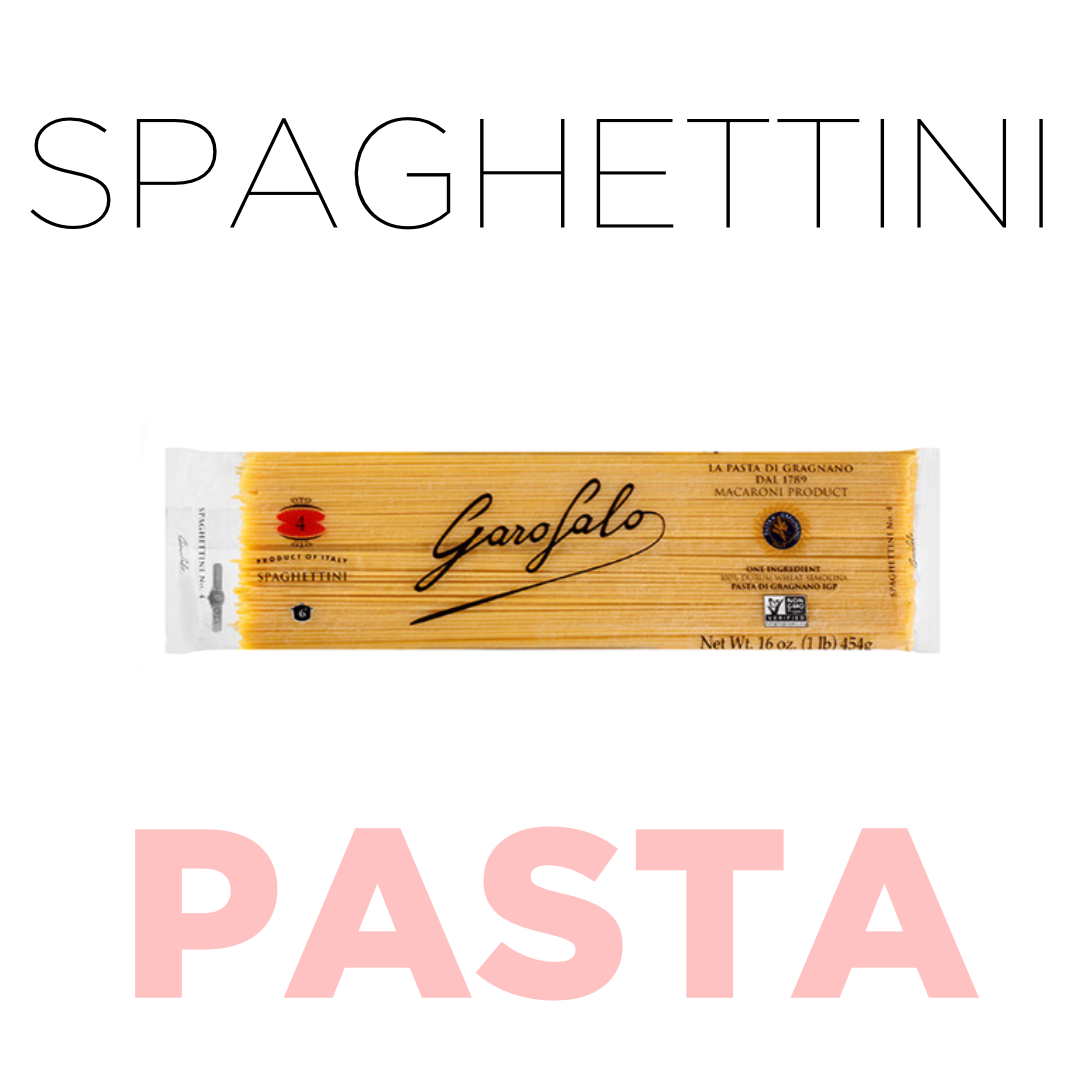
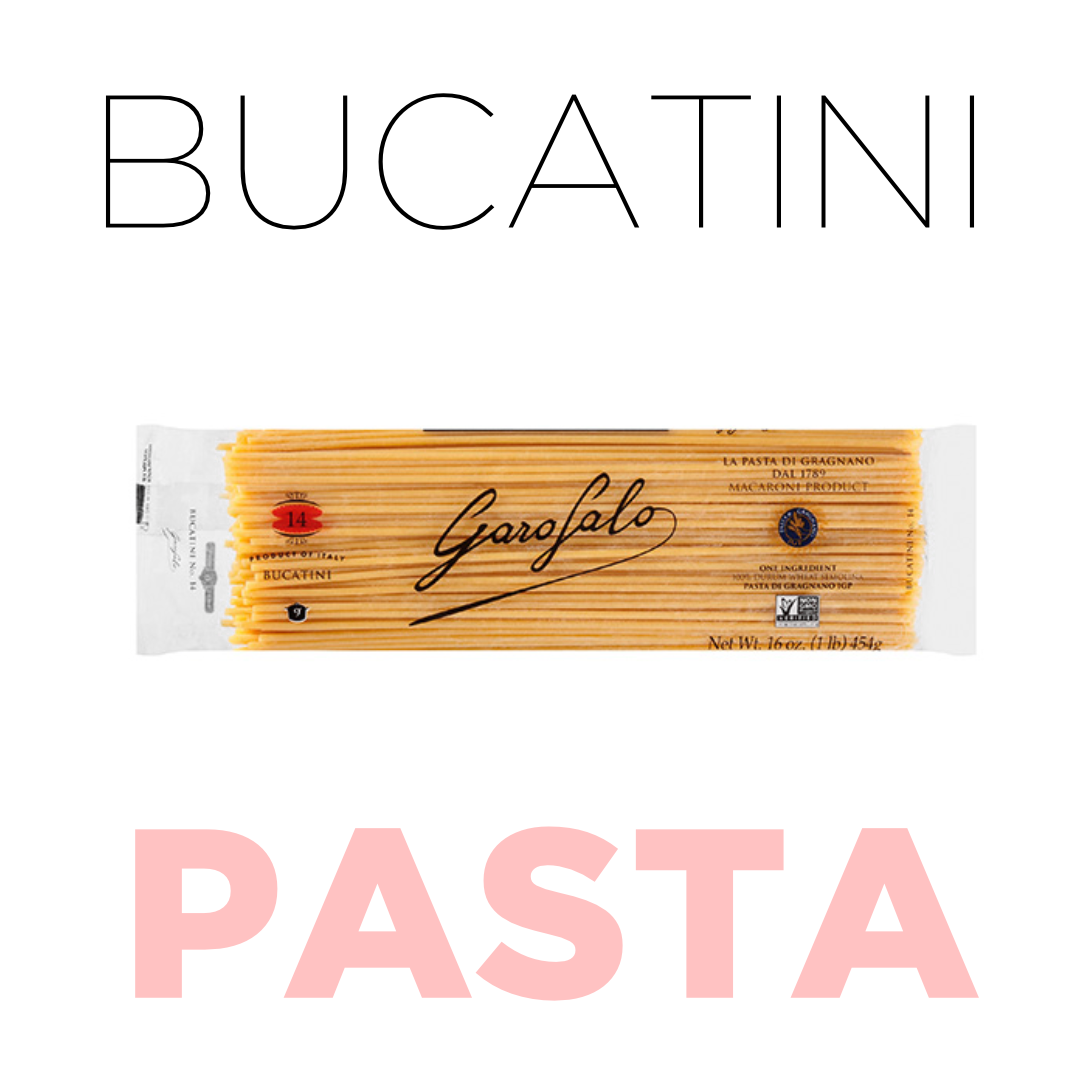
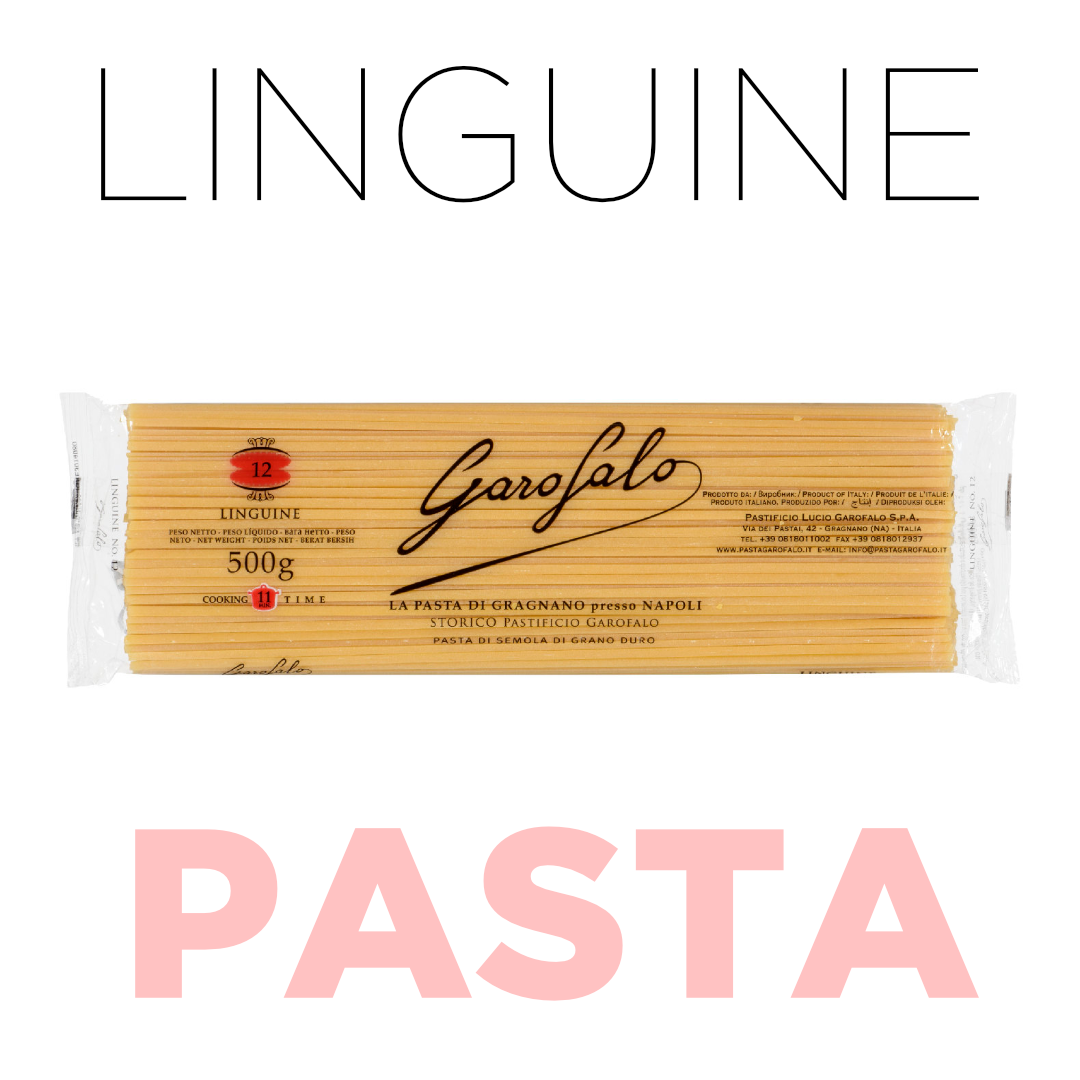
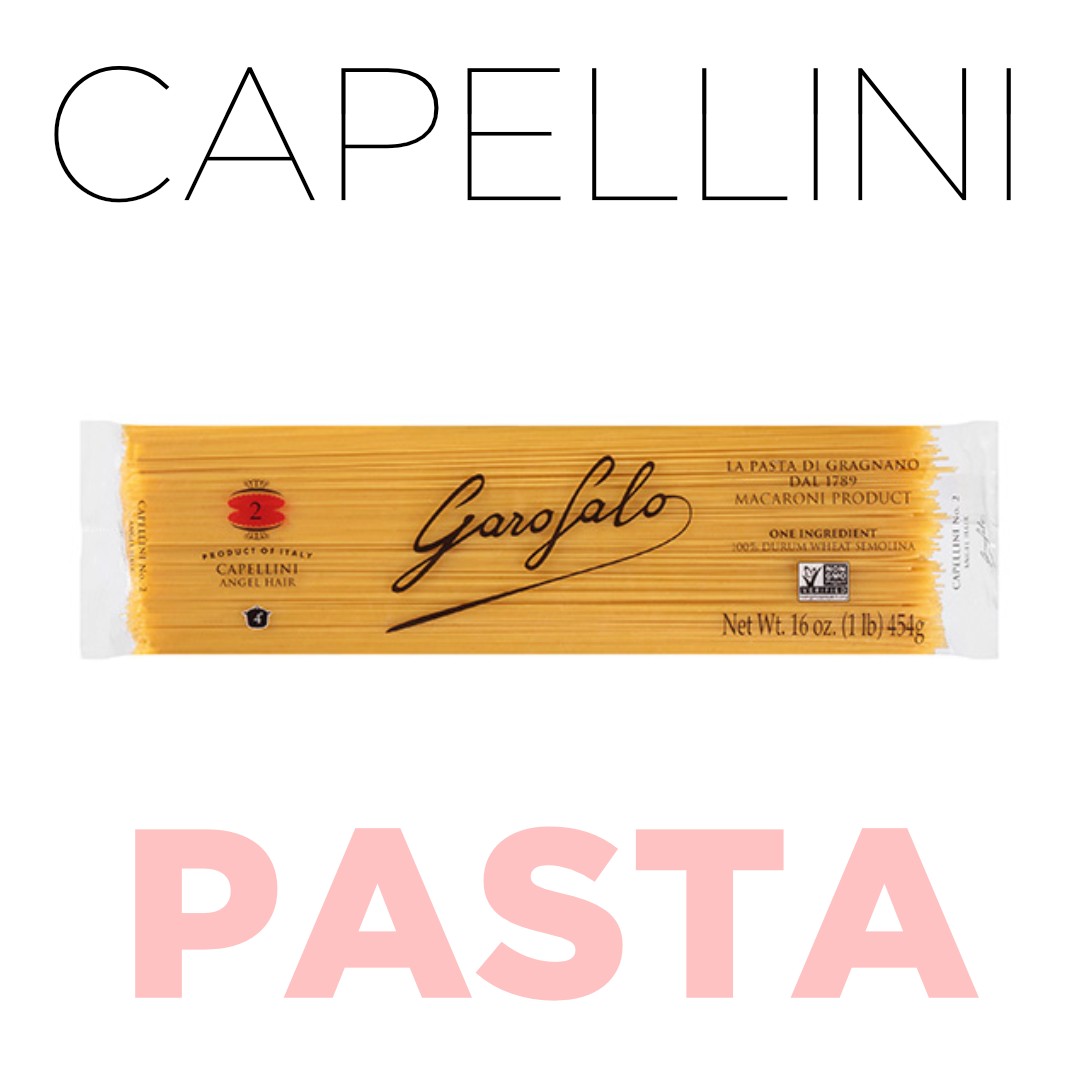
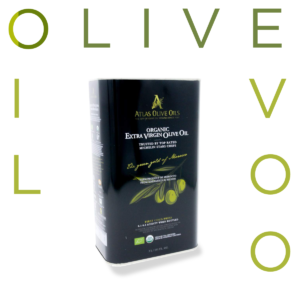
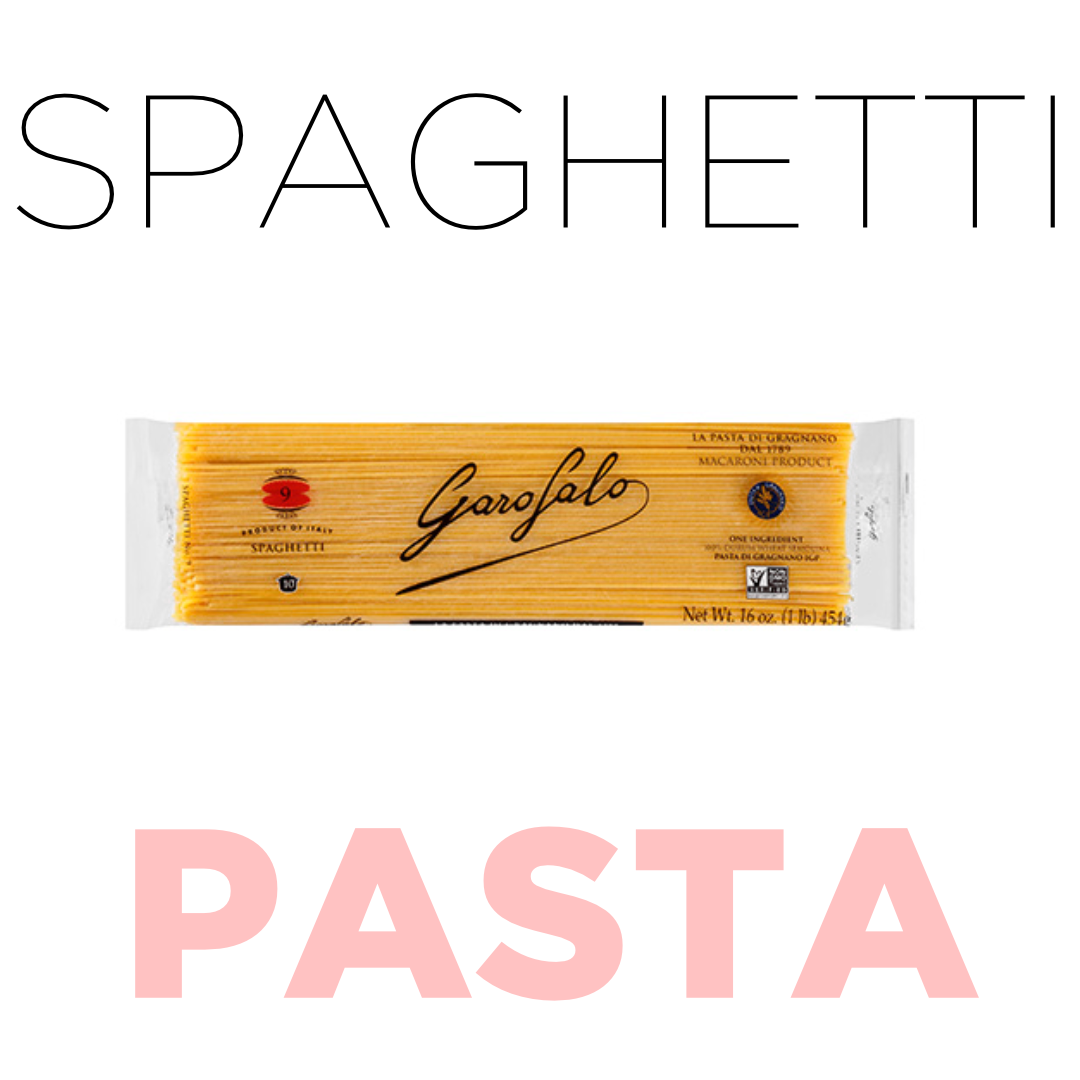
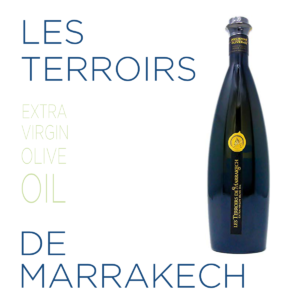
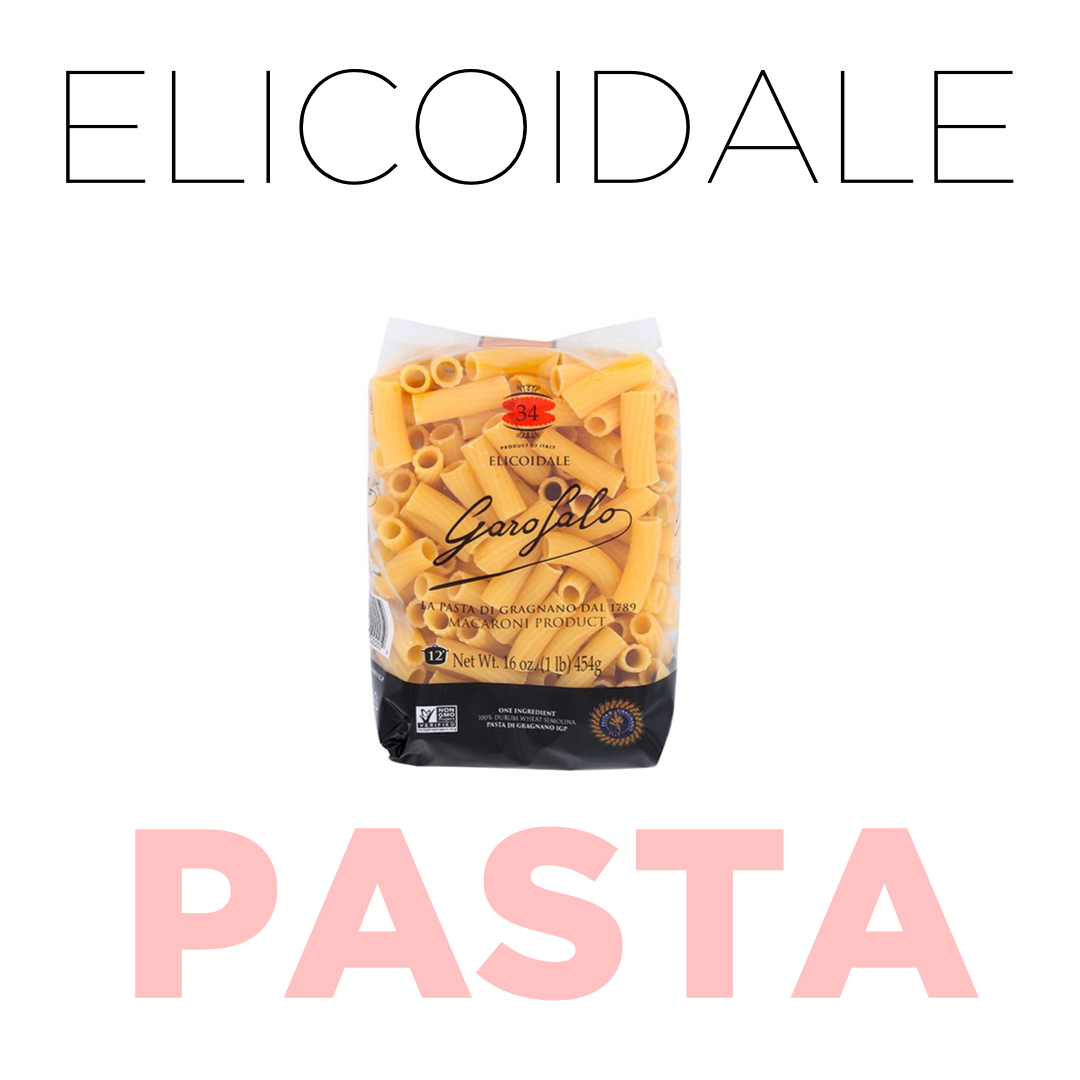
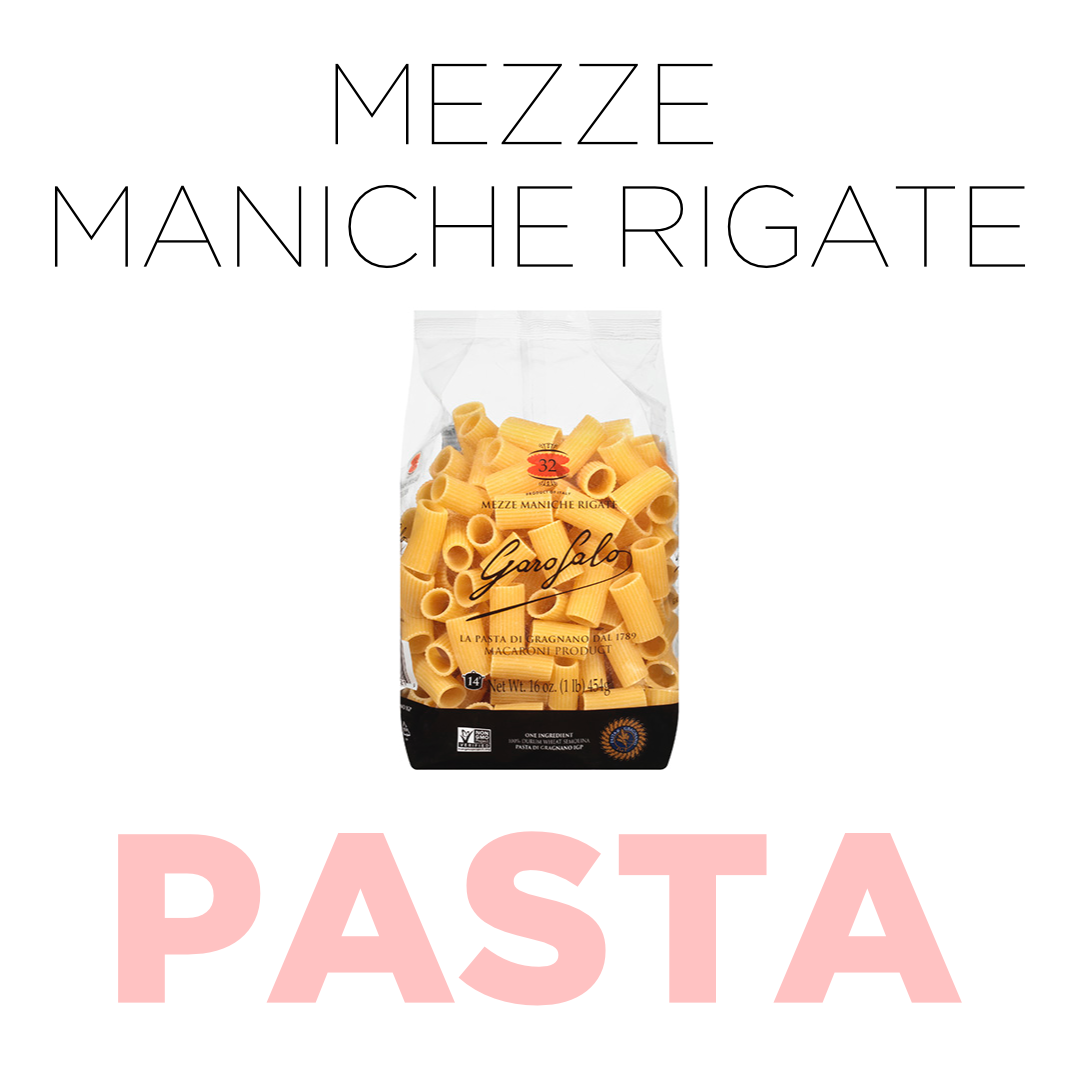
Reviews
There are no reviews yet.